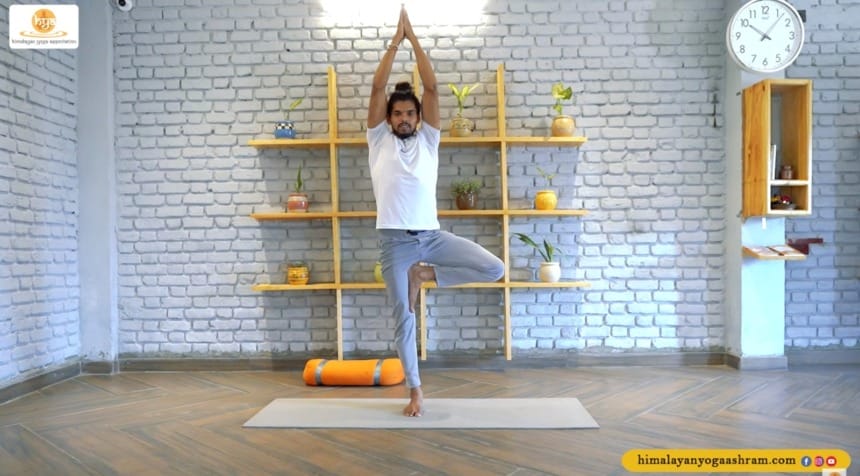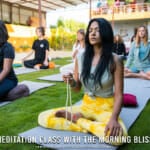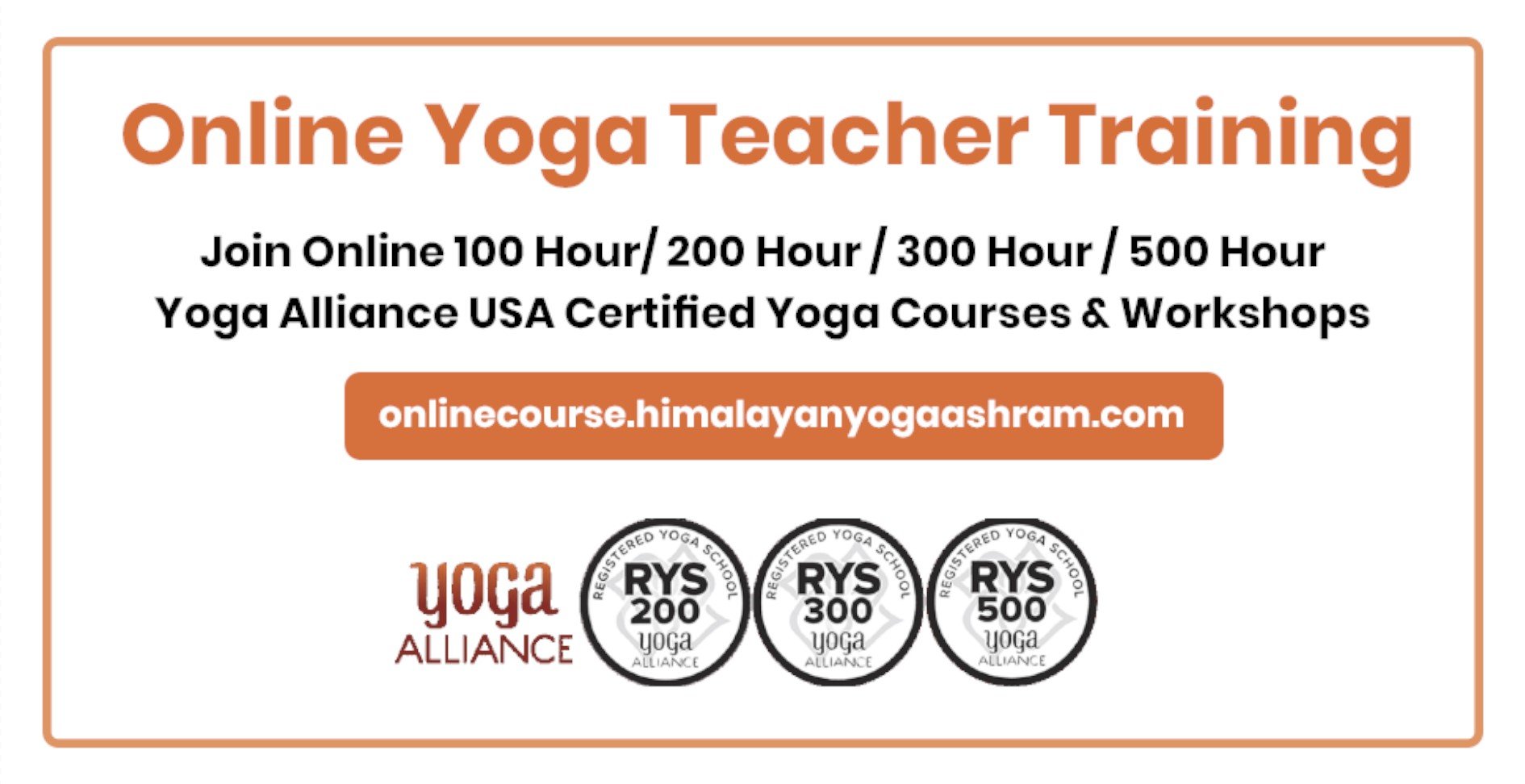10 Simple and Effective Yoga Asanas for the Whole-Body Strength
By Himanshu JoshiYoga, yoga School in Rishikeshrishikesh locationBuilding strong core and having toned stomach and arms, and sculpted legs. Does it sound like a dream? Even if you are not a gym-lover, you can get those without leaving home by practicing yoga asanas properly and regularly. Our pranayama, meditation, shatkarma, and Hatha vinyasa yoga teacher in the yoga teacher training courses, Yogi Deepak has shared 10 simple and effective yoga poses in our social media recently. With the 200 hours yoga teacher training course in Rishikesh with us, you will be having a traditional Hatha Yoga for one hour as well as a 1.5 hours Ashtanga vinyasa yoga primary series class daily. You will learn and practice so many different kinds of yoga asanas that can affect not only your physical health but also mental health. For those who still have not found time to come to Rishikesh or to take our online yoga teacher training courses yet, try these 10 asanas every day for a week and feel the changes in yourself. Yogi Deepak is demonstrating each asana in the video so we are going to share some extra tips and fun information about the asanas.
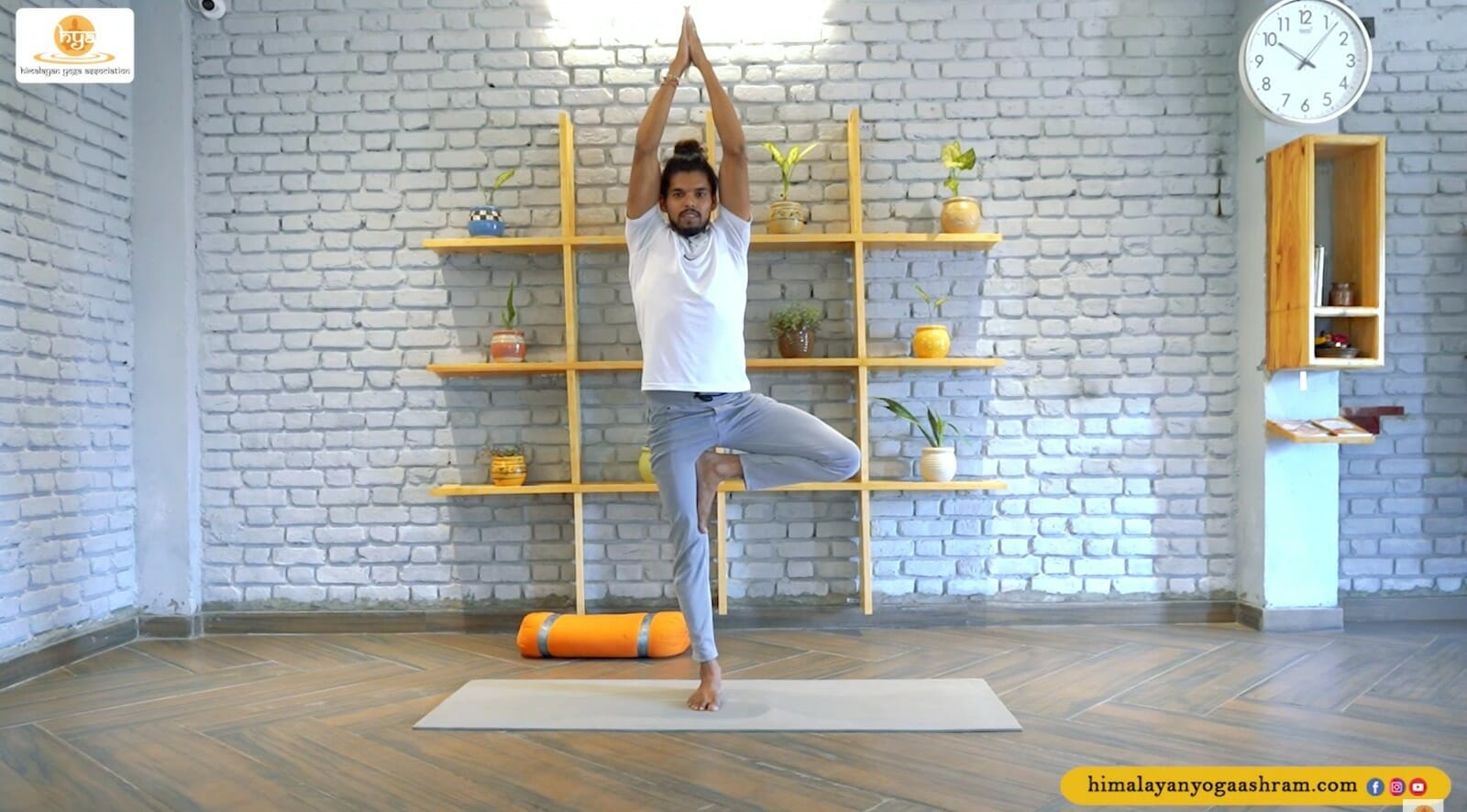
Virkshasana (Tree Pose)
This is a simple balance pose that increase your focus and the sense of balance, and also gives you strength in your lower body at the same time. One of the beautiful facts about yoga asanas is that even if you are focusing on building strength only, you area actually working on your flexibility at the same time without noticing. In this Virkshasana, the psoas muscles of the leg that is off the mat is getting a great stretch. This is called a tree pose, so stand strong and tall as a massive and gorgeous tree.
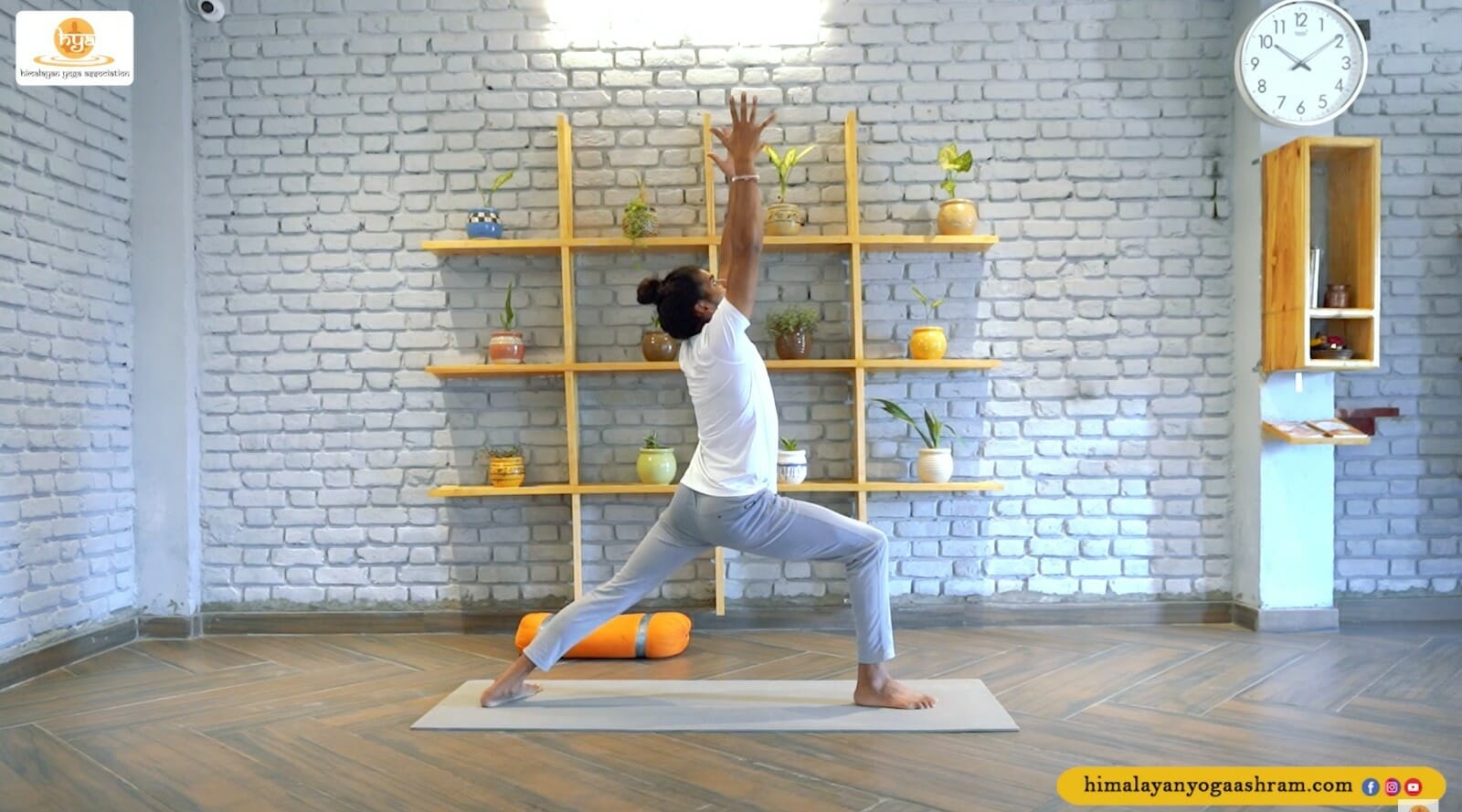
Virabhadrasana A (Warrior Pose 1)
Virabhadrasanas are used in almost every yoga asana class that are held because of its variations and dynamic effects that give the whole body. Do you know the history of Virabhadrasanas? Yoga asana practice gets more fun when you know the history and measings behind them. The warrior poses are named after Virabhadra, who is a fierce warrior and incarnation of the load Shiva. Long story short, Virabhadra series represent each posture on the battle field. Load Shiva got devastated and angry when he heard the death of his wife, Sati, whose death resulted from her father. Load Shiva pulled out his hair and smashed it on the ground, and that is where Virabhadra arose from. This Warrior pose 1 is the pose when Virabhadra arrives with a sword in his hand, strongly standing and holding the sword pointing up the sky.

Virabhadrasana B (Warrior Pose 2)
This is when Virabhadra spots his enemy, the father of Sati, Darksha. The forward hand represents the sword and your focus point should be towards that direction to keep your eyes on the opponent. When you know the stories of asanas, you get better ideas on how the asanas should be pracriced. Warrior poses are the poses where you need to keep your lower body strong and unshakable. You do not want to show any weakness to the opponent so keep the whole body firm and steady, expand and emit energy from each pore on your skin. You will find yourself feeling stronger just like Virabhadra
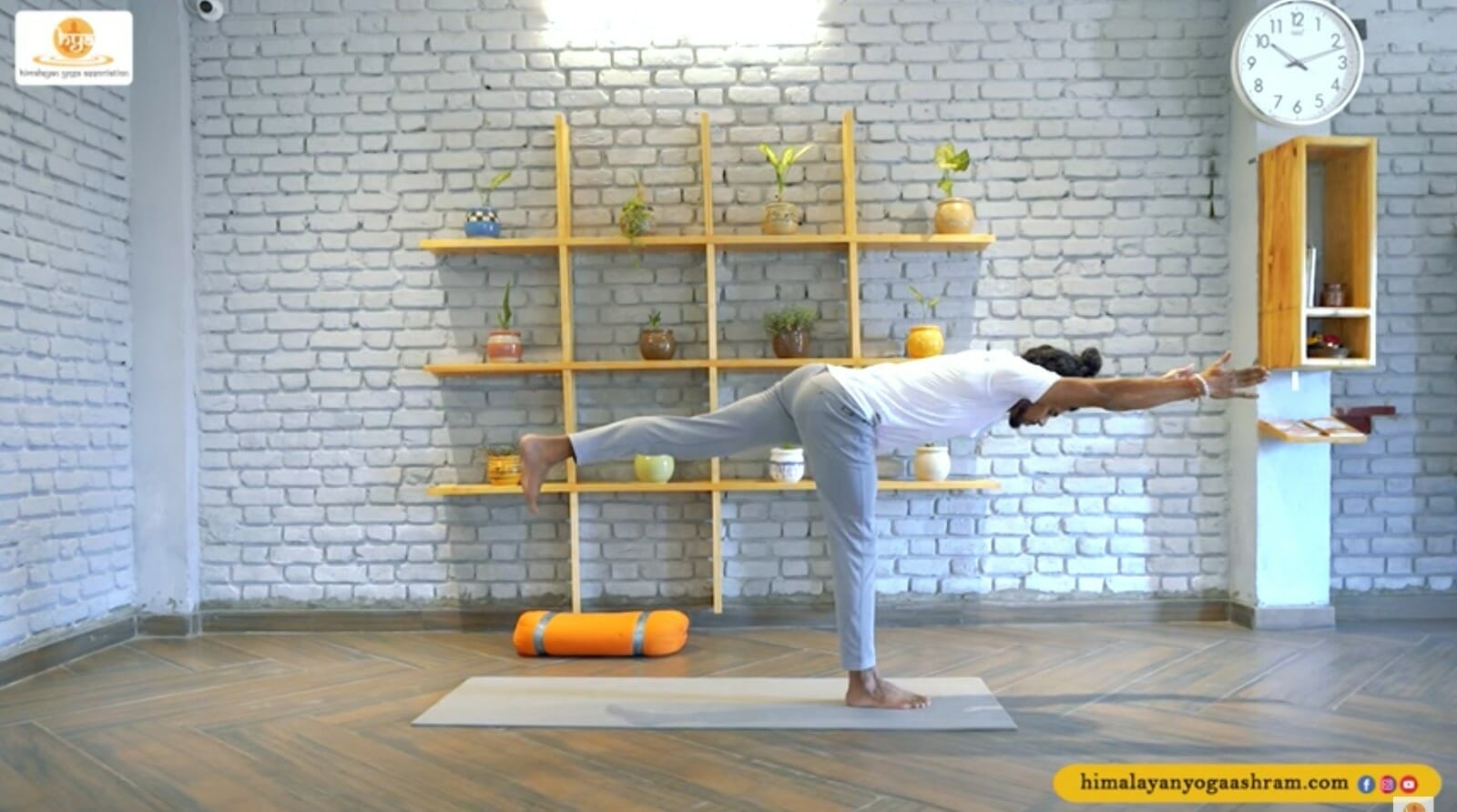
Virabhadrasana C (Warrior Pose 3)
Now you have got some idea on what this warrior pose 3 represents. This is when Virabhadra moving forward to put his sword into Daksha precisely to end his life. This pose requires a great sense of balance as well as strength in the whole body especially the lower body. If you try bringing your arms forward and straight, you will feel your back and arms muscles are working so hard as well.

Utkata Konasana (Goddess Pose)
This yoga pose is originated from the Hindu Goddess Kali. This asana is a powerful squat pose. Try to hold yourself in this asana for as long as possible everyday and see how the length of the holding increases as you practice with consistency. Unlike weight liftings or intense repeating squats, you will be able to breathe properly and stay calm which is one of the most beautiful things in asana practices. You may not feel like you have done much on the muscles after practicing asanas, but you will definitely start feeling changes and start seeing muscle lines in your body without getting painful muscle pains.
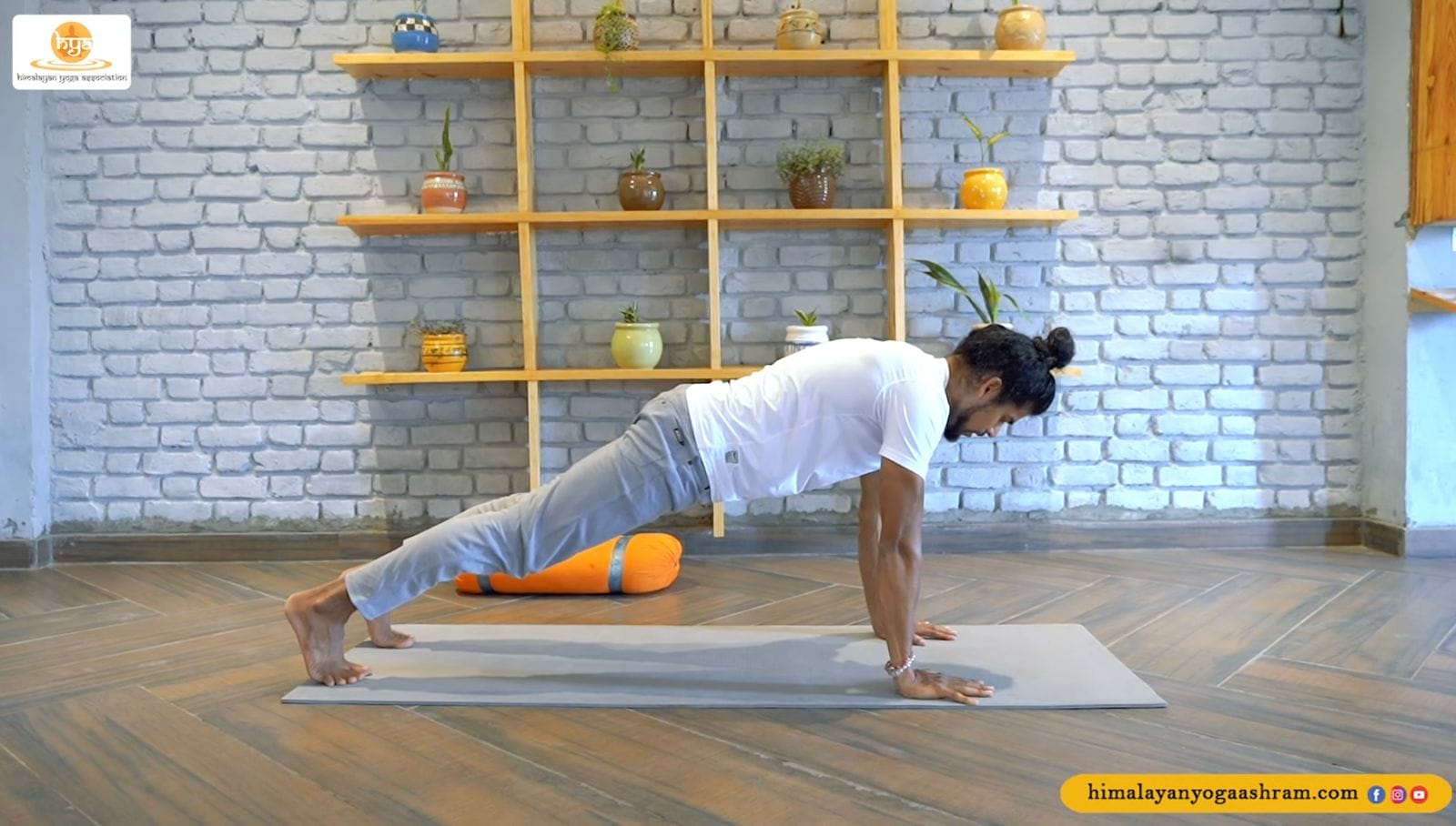
Phalakasana (Plank Pose)
Are you surprised that this is one of the yoga asanas? This asana is one the asanas you repeat so many times with the combination of the next asana, Chaturanga Dandasana in Ashtanga vinyasa yoga. You can imagine how much stronger you can be by practicing Ashtanga vinhyasa yoga every day with our yoga teacher training course. Master to hold in this asana for one minute, and by the time you get there, you will be having a very good strength not only in the arms but also in the abdomens.

Chaturanga Dandasana (Four-Limbed Staff Pose)
This is probably the most challenging asana of all the 10 asanas here. The challenging part is to keep the shoulders above the floor and keep the line from the elbow to the shoulder horizontal to the floor. Practicing this asana with consistence will give you toned arms and core muscles. Do not forget to keep your hips high and in a line from the head to the heels too.

Urdhva Mukha Svanasana (Upward Facing Dog)
In Sanskrit, urdhva means upward, mukha means a face, svana means a dog. Upward facing dog and downward facing dog are practiced in a sequence most of the times. It looks easy, but there are many things you need to pay attention to. The thighs should be off the mat and the ears should be long and away from the shoulders. Feel the stretch on the whole forward body. Open your chest and push it forward. Dogs know how to do this asana perfectly and you can see they feel really good by doing this pose!

Adho Mukha Svanasana (Downward Facing Dog)
As you can imagine here, adho means downward in Sanskrit language. Downward facing dog pose gives you a great stretching effect on the whole backside of the body. Just repeating upward and downward facing dog poses in a flow in the morning open ups your body and you will feel really good.
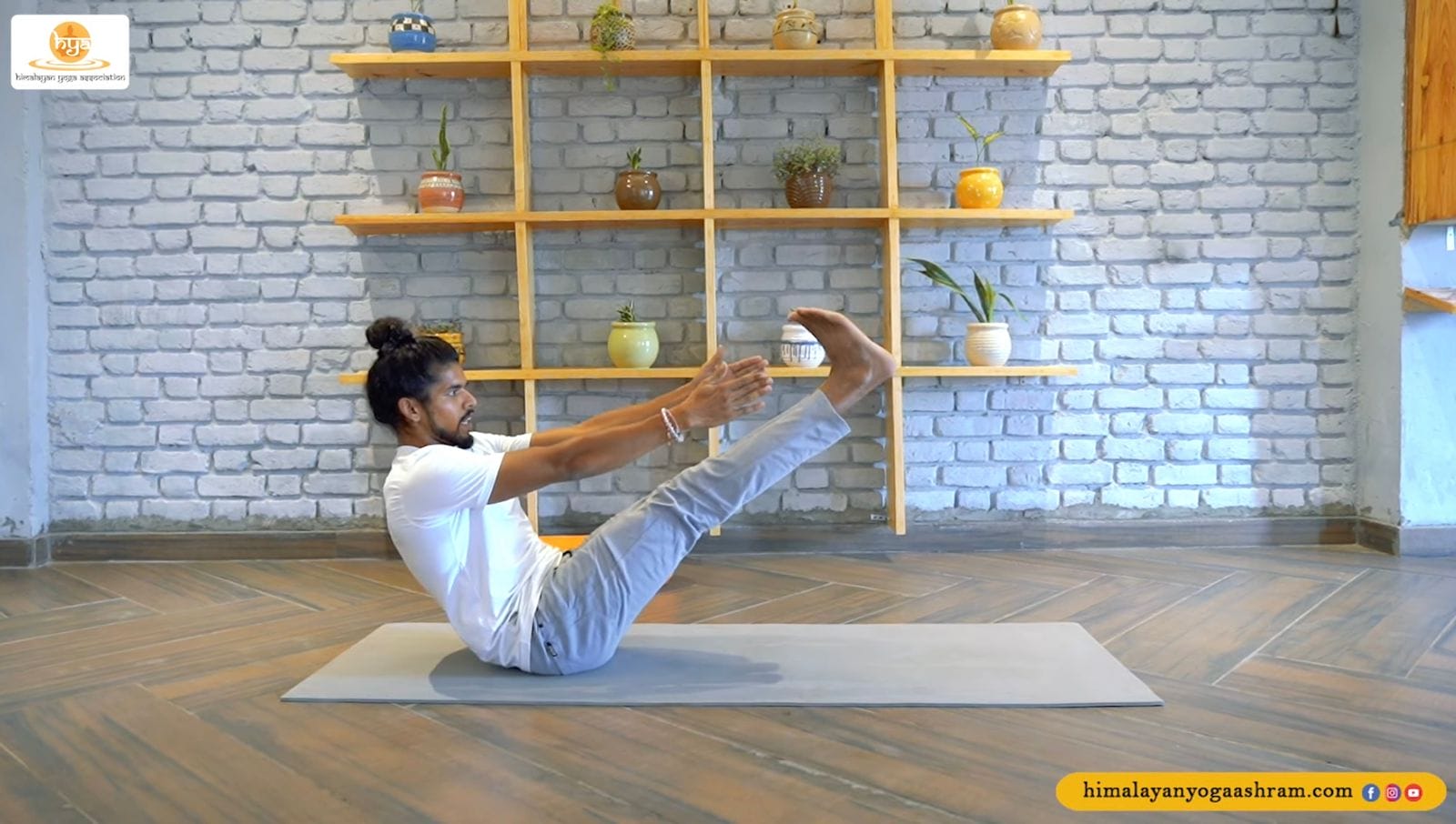
Sahaja Navasana (Easy Boat Pose)
Depending on the strength level you have in your core and the legs especially in the front thighs, the beauty of this asana is that you can modify the shapes of your ‘boat’. Unlike other form of exercises, you can get effects on the body by holding one pose for a long time without losing the control of your breath by practicing yoga asanas, and holding in this pose is actually a lot harder than crunching your stomach repeatedly. As the most important thing does not scream loud, the most effective thing can seem calm and quiet.

